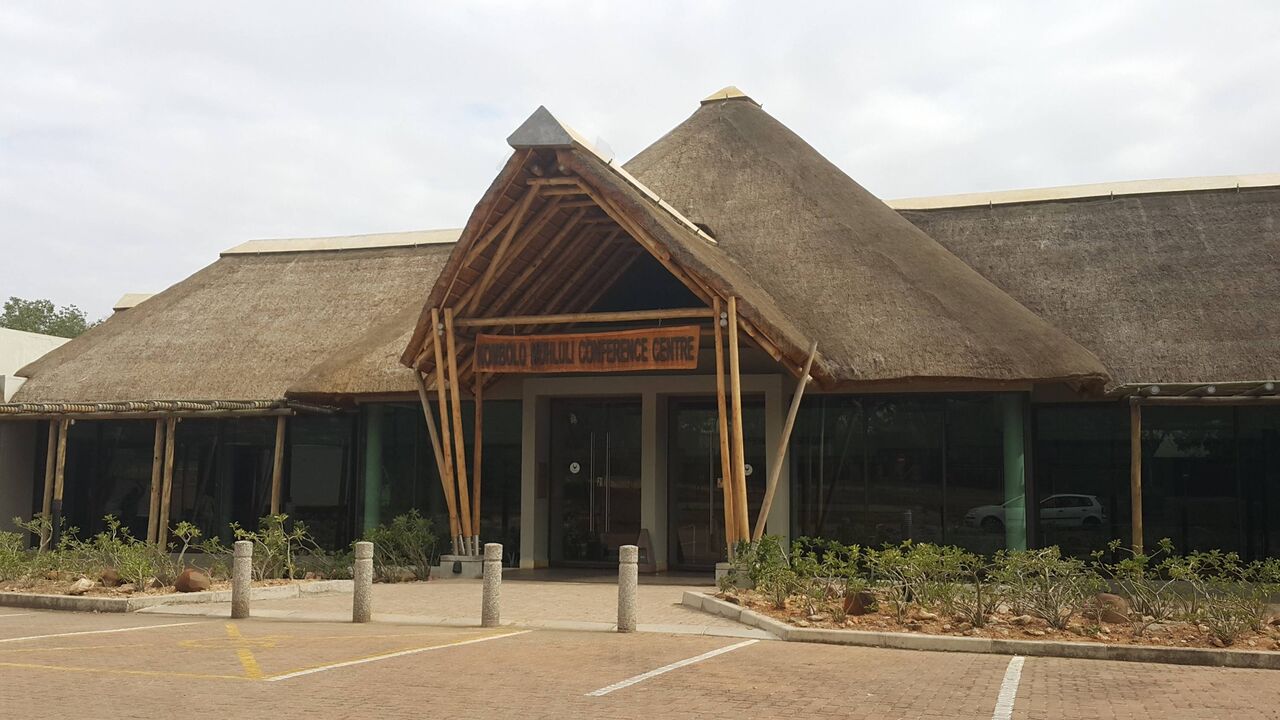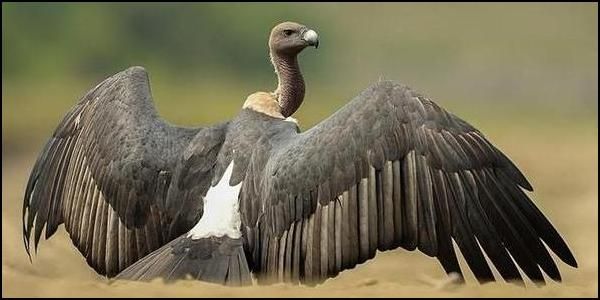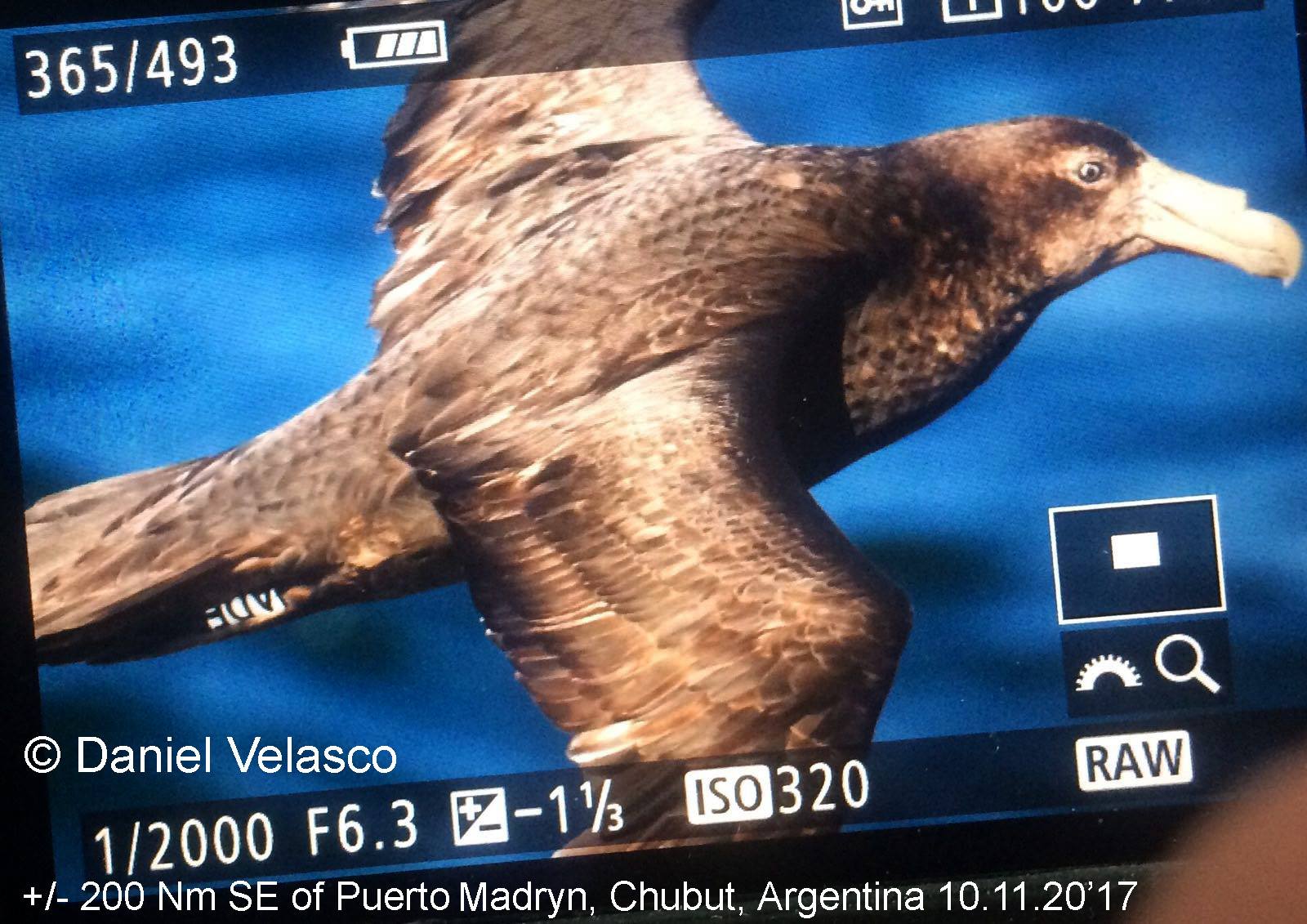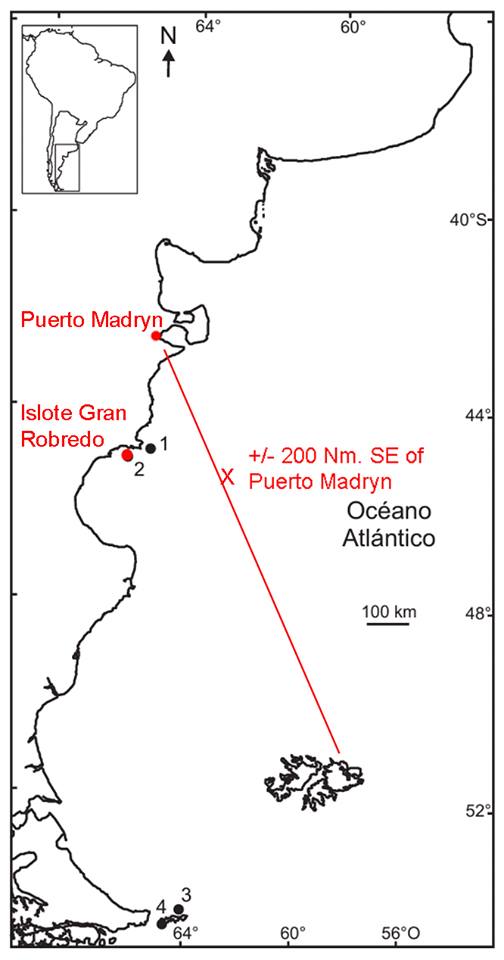Deborah Pardo (British Antarctic Survey, Cambridge, United Kingdom) and colleagues have published in the Proceedings of the National Academy of the United States of America on reasons for population changes of Wandering Diomedea exulans, Grey-headed Thalassarche chrysostoma and Black-browed T. melanophris Albatrosses breeding on Bird Island in the South Atlantic.
The paper’s abstract follows:
“Environmental and anthropogenic factors often drive population declines in top predators, but how their influences may combine remains unclear. Albatrosses are particularly threatened. They breed in fast-changing environments, and their extensive foraging ranges expose them to incidental mortality (bycatch) in multiple fisheries. The albatross community at South Georgia includes globally important populations of three species that have declined by 40–60% over the last 35 years. We used three steps to deeply understand the drivers of such dramatic changes: (i) describe fundamental demographic rates using multievent models, (ii) determine demographic drivers of population growth using matrix models, and (iii) identify environmental and anthropogenic drivers using ANOVAs. Each species was affected by different processes and threats in their foraging areas during the breeding and nonbreeding seasons. There was evidence for two kinds of combined environmental and anthropogenic effects. The first was sequential; in wandering and black-browed albatrosses, high levels of bycatch have reduced juvenile and adult survival, then increased temperature, reduced sea-ice cover, and stronger winds are affecting the population recovery potential. The second was additive; in gray-headed albatrosses, not only did bycatch impact adult survival but also this impact was exacerbated by lower food availability in years following El Niño events. This emphasizes the need for much improved implementation of mitigation measures in fisheries and better enforcement of compliance. We hope our results not only help focus future management actions for these populations but also demonstrate the power of the modelling approach for assessing impacts of environmental and anthropogenic drivers in wild animal populations.”

Grey-Headed Albatross with its downy chick on Bird Island, photograph by Jen James/Steph Winnard
Read popular articles on the publication here and here.
With thanks to Deborah Pardo and Richard Phillips.
Reference:
Pardo, D., Forcada, J., Wood, A.G., Tuck, G.N., Ireland, L., Pradel, R., Croxall, J.P. & Phillips, R.A. 2017. Additive effects of climate and fisheries drive ongoing declines in multiple albatross species. Proceedings of the National Academy of the United States of America.
John Cooper, ACAP Information Officer, 23 November 2017

 English
English  Français
Français  Español
Español 





